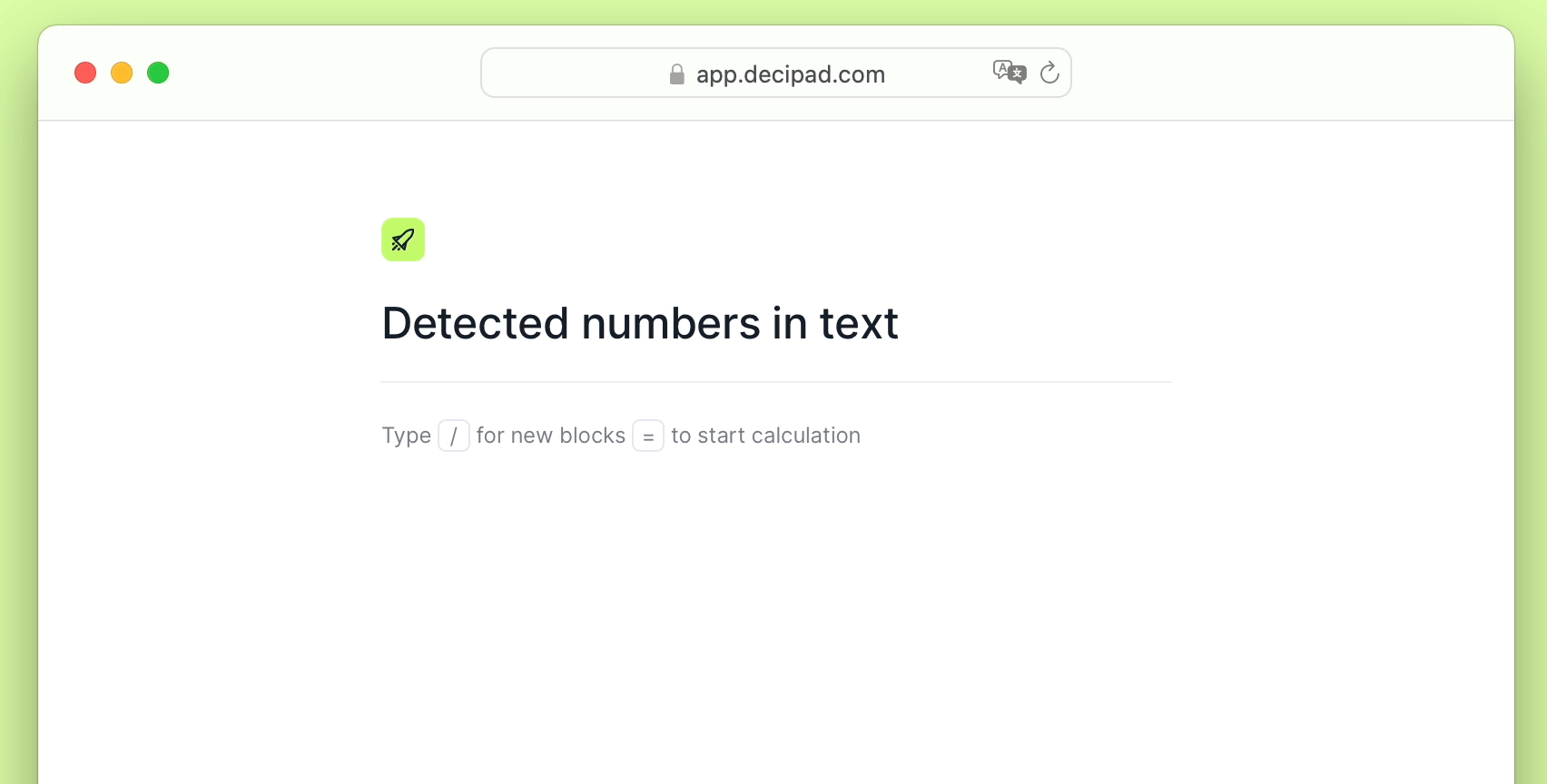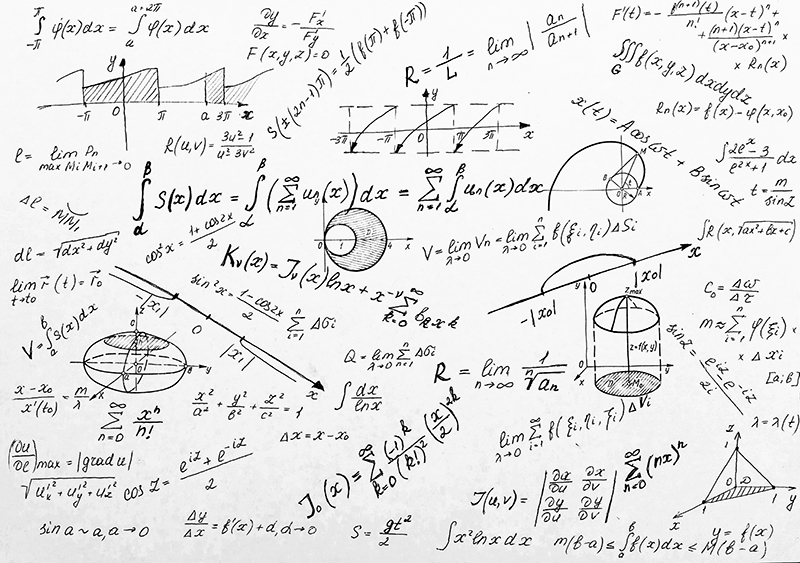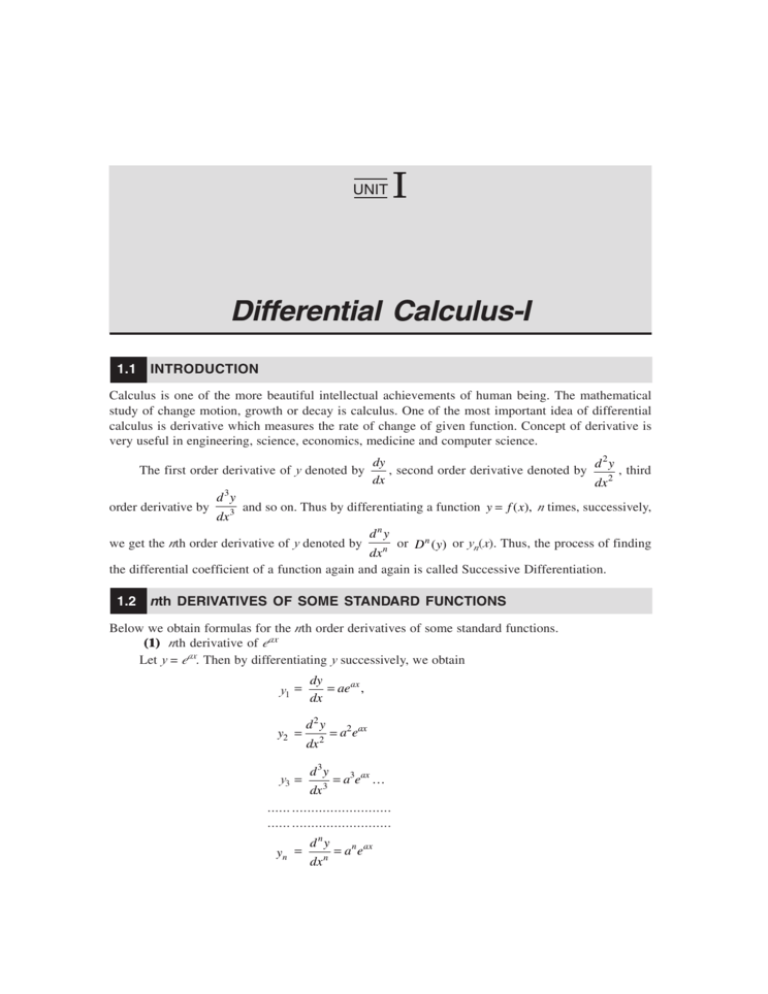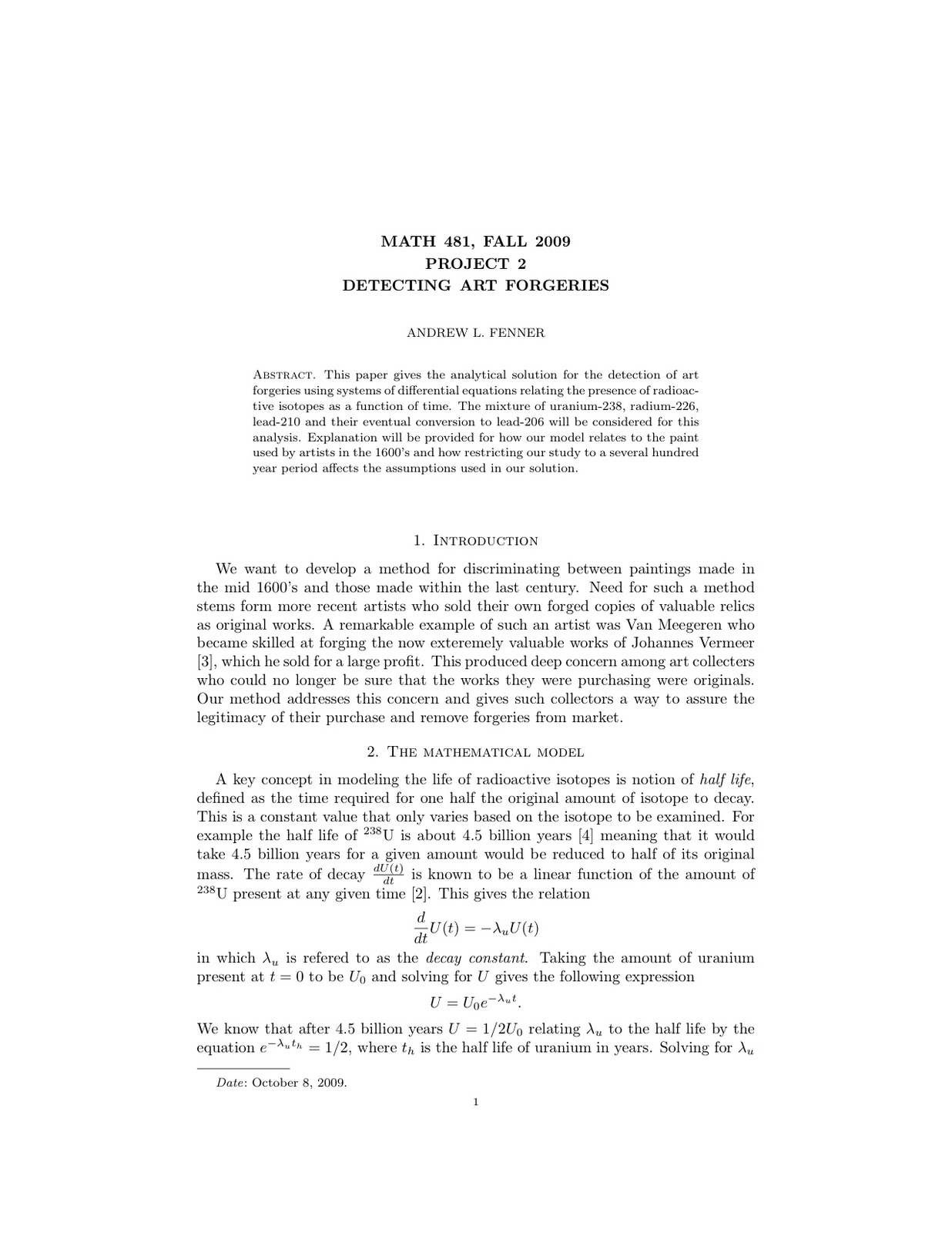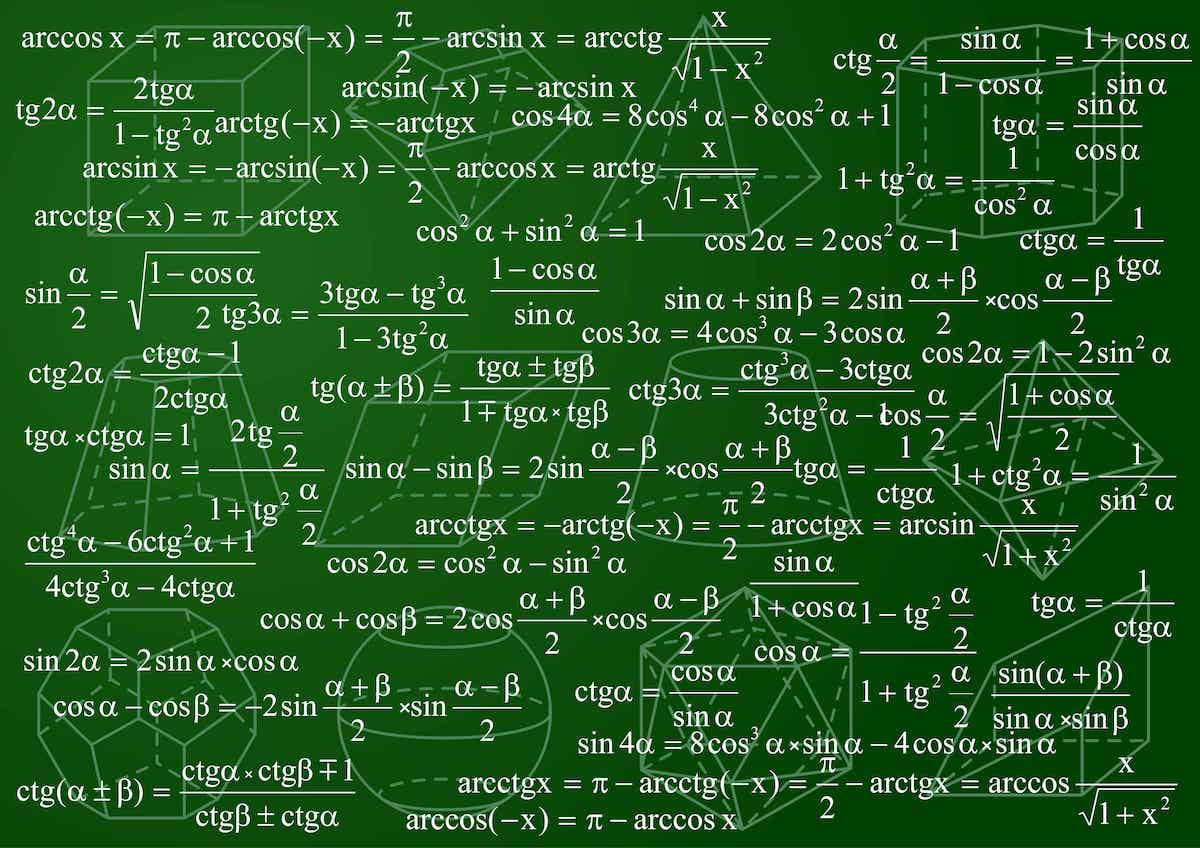Best Info About How To Detect Calculus

For efficient calculus detection, selecting the proper explorer based on location and pocket depth—which is established via thorough probing, analysis of.
How to detect calculus. A maximum is a high point and a minimum is a low point: This calculus 1 video tutorial provides an introduction to limits. It could be shown that the ultrasonic device is able to detect calculus deposits with a diameter of 0.2 mm with a sensitivity of 73% and a specificity of 80%.
In a smoothly changing function a maximum or minimum is always where the function flattens out. They require dentist to use special dentist instrument to detect their presence if they are located. It helps you practice by showing you the full working (step by step differentiation).
The purpose of this review was to compile the various methods and their advantages for the detection and removal of calculus. This article is a guide on how to find limits in calculus. It's important to know all these techniques, but it's also.
Go to the slope of a function page, put in the formula x^3, then try to find the slope at the point (1, 1). Find a unit tangent vector. The fundamental theorem of calculus ties integrals and.
Calculus consists of mineralised dental biofilm on the surfaces of teeth and dental prosthesis, the location of which can be detected by using a periodontal or an. We’ll learn several different methods for evaluating limits, and practice with some examples. In this video, we show you how to use the odu explorer to help you detect subgingival calculus on a dental patient.
This simple yet powerful idea is the basis of all of calculus. A unit tangent vector to the curve at a point is, unsurprisingly , a tangent vector with length 1. Small amount of calculus are usually not detected visually.
We can approximate integrals using riemann sums, and we define definite integrals using limits of riemann sums. In fact, for x → 0± x → 0 ±, f(x) ∼ ±x f ( x) ∼ ± x. To understand what limits are, let's look at an example.
Many techniques have been used to identify and remove calculus deposits present on the root surface. It looks like its graph has a sharp corner in x = 0 x = 0. In the context of a parametric curve.
We start with the function f ( x ) = x + 2 . Our calculator allows you to check your solutions to calculus exercises. Zoom in closer and closer and see what value the slope is heading towards.
How to detect sharp corners in graphs. It explains how to evaluate limits by direct substitution, by factoring, and graphically. Strategy in finding limits.


